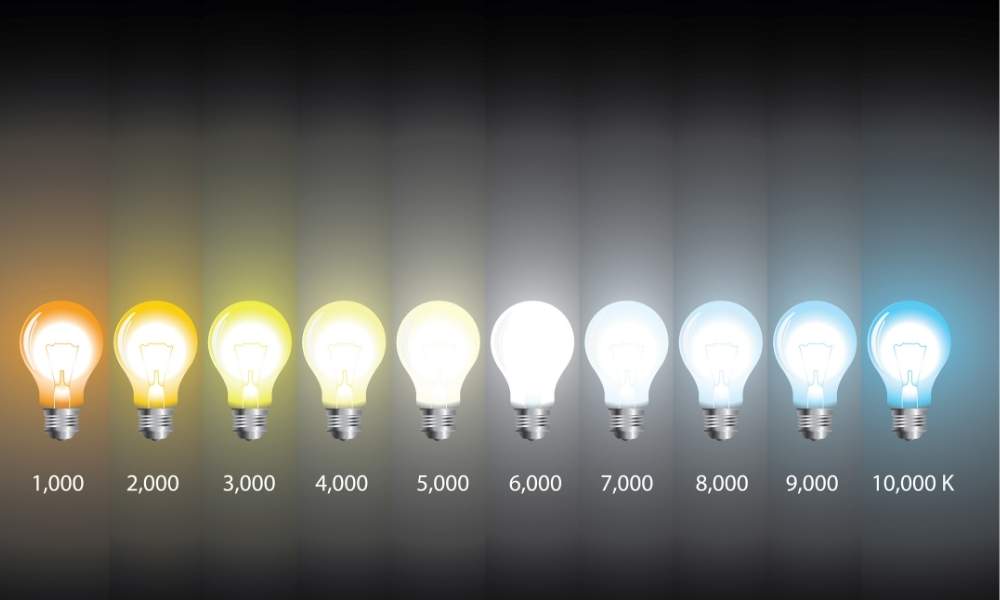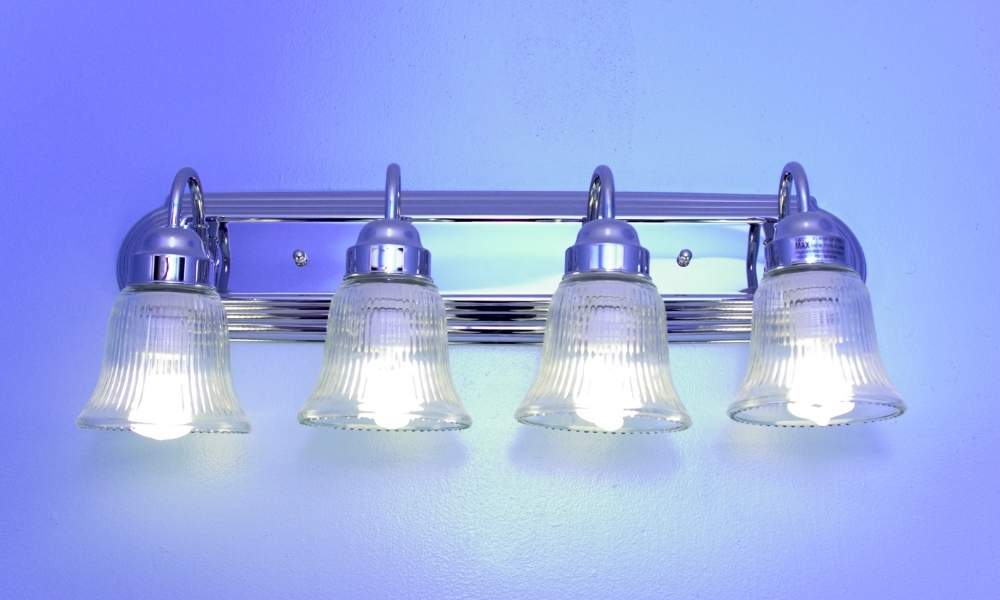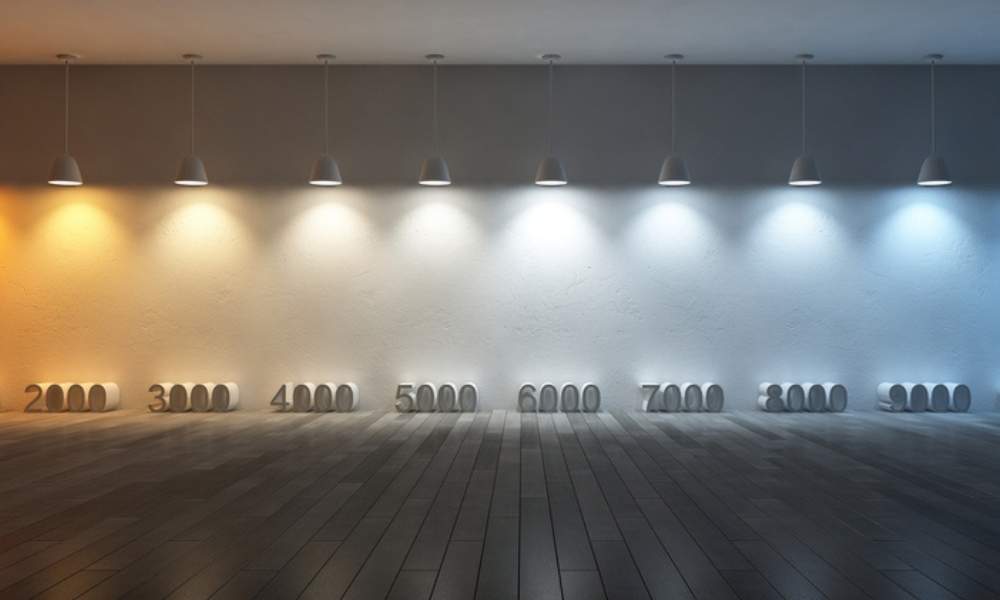Have you noticed that sometimes when you buy a light bulb it refers to warm white or soft white somewhere in the packaging? But what exactly does it mean? Which is the best and why? Okay, let’s take a look at the difference between warm white Vs soft white and decide which one you should use.
We’ve all heard that more energy-efficient light bulbs are good for the environment. What we don’t know is whether they are good for us. There are 4 main types of light bulbs: incandescent compact fluorescent (CFL) • light-emitting diode (LED) • halogen. warming white and flexible transparent are the most popular fluorescent tube colors. The warm transparent emits a yellowish-white tinge like sunlight, But still has a cool look. Soft transparent close to yellow-white to red-white.
If you don’t believe me, go to the nearest electrical engineer who works on the lighting system. They are always doing what they can to make the best possible lighting without spending too much money on it. This is because they recognize that light bulbs are more than just light – they perceive the world around us. There is warming transparent and soft white.
Warm White
Warm white LED is the most natural transparent light that the human eye can see. The slightly yellow color is like sunlight and has a high CRI rating. Compared to other general lumen packages, this lumen package produces significantly more consistent light on its rated life. Warming transparent LEDs are ideal for areas like retail, hospitality, or any application where you need a nice, comfortable light with high visibility and visual acuity.
Warm white, 3000K soft transparent, the bulb is a great replacement for your current bulb. With its superior brightness and quality, this bulb is ideal for use in the living room, bedroom or study area.
Warm transparent is the most popular color temperature. It is great for most residential and commercial applications, including living rooms and bathrooms.
See more: Kitchen Track Lighting Ideas
Soft White
Soft white is a warm color temperature, which measures about 3000K. flexible transparent is a warm, yellow light that makes most people look healthier and brighter.
It gives a soft, comfortable hue and is ideal for spotlighting or reading on stage.
flexible white light bulbs are ideal for your living room and bedroom. It is also ideal for kitchens, family rooms, and bathrooms where there is less general light and color to brighten the room.
Lighting’s Effect on Mood
The light color temperature you choose in your home or office has a dramatic psychological effect on mood and productivity. flexible white light creates a calm but active atmosphere, while warm transparent creates a relaxed, calm feeling.
In creating a cozy environment, especially in the bedroom, warm transparent is good for uplifting and recreating natural sunlight.
See more: night stand decor ideas
Warm white vs soft white bulbs may look the same at first glance, but they differ only in color. The terms indicate the Kelvin rating of a bulb, used to measure its color temperature – the higher the number, the more yellow the light will be. Warm colorless bulbs have temperatures between 2,700K and 3,000K. They provide more amber glow than flexible transparent bulbs, with ranges between 3,000K and 4,100K.
Make the color of the object look slightly red and provide a soft, warm hue with a pronounced yellow hue. Soft transparent lights are good for the work environment. Because they provide more accurate color rendering than warm whites.
Selecting the Proper Light Temperature

Choosing the right lighting temperature depends on your application, personal preference, and how you want the light to shine.
As a general rule, warm white can be described as yellow light and soft transparent as blue light. Their color difference stems from the fact that warm transparent bulbs have more red than blue. It is most important to note that this difference only applies to the presence of emitted light. It does not specify how much heat these bulbs generate. However, this color inconsistency can affect its effectiveness in certain situations.
In particular, if you want to create a romantic atmosphere or imitate candlelight, you should choose warm transparent. It has the same aura as candlelight produced by flame-emitting bulbs that use old-fashioned or incandescent filaments. In contrast, soft white cool light will give a cool bluish tinge – which may be suitable for commercial displays. But not for spaces like living rooms.
Recently, many people have made conscious efforts to reduce the impact of their energy. Use by replacing incandescent bulbs in their homes with fluorescent or halogen technology. While both can help you save money on your energy bills. It’s most important to note that each type of bulb emits light at a different color temperature.
Lumens and CRI
When choosing it, you first need to understand the difference between lumen, color rendering index (CRI) and watts. The lumen (lm) is a measure of brightness, CRI is a measure of how accurately colors are rendered at a light source and a watt is a measure of how much energy is required to operate a bulb.
Warm-white LEDs are available in a variety of light sources, including LED bulbs and lamps. These lights produce a yellow glow with higher lumen output than soft transparent LEDs. They have a lower CRI rating but the illumination color is considered more attractive and closer to incandescent bulbs.
No matter what you call it — soft white, cool colorless, or warm transparent. There are several things to consider when choosing a bulb for your home. Although it is tempting to think that all white light bulbs are the same, they are not. Warming white light bulbs have the warmest color temperature, which makes them ideal for family rooms and bedrooms. Because they reduce eye strain as well as create a comfortable environment.
Watts
The warm white creates a light that feels more natural and is often used in the living, dining and bedroom. Soft white is commonly used in kitchens and offices where it provides more illumination. Because it has more lumens per watt than warm transparent bulbs.
When buying illumination bulbs, you will notice that they fall into two categories. For example, a 60W soft colorless bulb gives off a glowing 40W light. This means it produces more yellow-toned light than the less expensive soft transparent bulbs. A 60W warm transparent bulb is much closer to a luminous 65W (an actual measure of its brightness). It has a white color temperature, which gives a bright look to almost every application.
Enjoy Perfect Lighting

Warm white light is more yellow, while soft transparent is slightly pink. Both are good choices in their own way, but they can make your space feel different. We will explain the difference between these two types of lighting, as well as when each should be used. Their crisp, clear colors make your illumination look beautiful and provide enough brightness to read or work near your desk.
warm white vs soft white are two different types of illumination, warm transparent is close to the warm yellow illumination found in incandescent light bulbs. Near the soft transparent daylight.
Warm white is more yellow and soft colorless is bluer. The warm colors of warm transparent light will make a room cozy, while the soft transparent gives a bright, airy atmosphere. It is about balancing comfort and mood while providing the right environment for your family and yourself.
Kitchens/Living Rooms
When it comes to lighting your kitchen, there are many styles and options to choose from. We absolutely prefer the Warming white vs. soft transparent debate, but you have to choose which one is best for you.
The flexible colorless adds a cozy and cozy touch to the kitchen and living room. Soft transparent on the other hand creates an uncomfortable feeling in your home.
Warm transparent is a rich yellow-white, but it must have a cream color. It can make the room feel softer and less harsh than using a cool transparent or a neutral transparent. If you do not want too much cream in the house, choose a softer white than yellow. Warm vs. Soft Just like Gold vs. Silver – Warm gold will have more gold undertone whereas soft will have a more silver undertone.
Bedrooms
The bedroom is often the place where you go to rest, relax and unwind after a long day of work or school. There are many choices to be made when redesigning a bedroom to make it more comfortable and inviting. One of these choices is to choose between warm white and soft transparent colors for home use
Flexible transparent light bulbs and soft transparent illumination bulbs are two types of illumination bulbs. It you will often find in the market. Warm transparent bulbs have a yellow tinge and they look beautiful in the living room and dining room. There you want to create a cozy, warm atmosphere. flexible white bulbs, on the other hand, provide a cool light. It makes them suitable for bedrooms and offices that need bright light without harsh shadows.
Warm white and soft transparent are different names for the same type of light. They are both 2700K (or 2,700 degrees Kelvin). The difference between the two is that soft transparent is warmer than warm transparent. flexible transparent light is more yellow. flexible transparent lights create white illumination and thus look brighter than flexible whites with less yellow.
Bathrooms
Warm white is the most popular color for bathroom fixtures. It gives a warm, yellow hue which is ideal for creating comfort and coziness in the bathroom. Soft transparent can be associated with daylight sources to create an inviting feeling.
Warm transparent is a slightly yellow and dull shade of white. So it is best used as a complement to other flexible colors like red or tan. Soft transparent is the opposite of warmth: it is a cool shade that has a delicate gray color and should be used alone or combined with other cool tones like navy or blue.
Conclusion
Used in recessed cans and ceiling hide-away. Soft white CFLs work well with open fixtures to get air out of the room, such as table lamps. When in doubt, a good rule of thumb is to choose a daylight bulb. If you are trying to have a cool tone and a soft transparent, you prefer warm tones.
A perfectly suitable bulb for most applications, the GE Reveal LED series has some minor flaws. The bulb is only 10-100% fading, with no intermediate step-up / down option. Also, the CRI of these bulbs is in the range of high 80. It gives a illumination yellow color to everything that illuminates it. Corrected if the circuit is made by an electronic ballast and a CRI controller such as Optim or Satlantic. After all, its light output at 264 lumens does not fall within the recognized industry standards. It should make up at least 295 lumens. Hopefully, now you understand what warm white vs soft white is.

